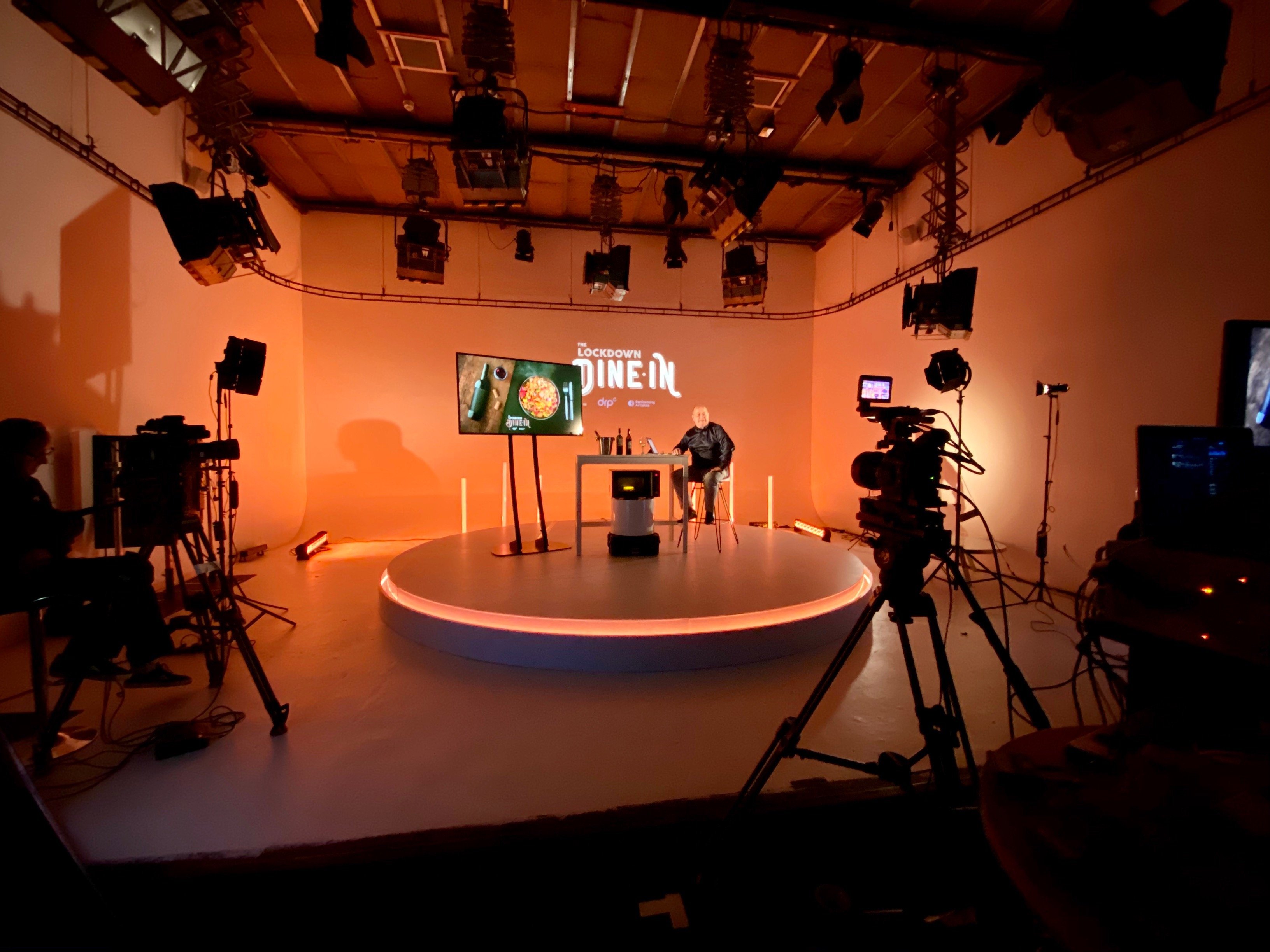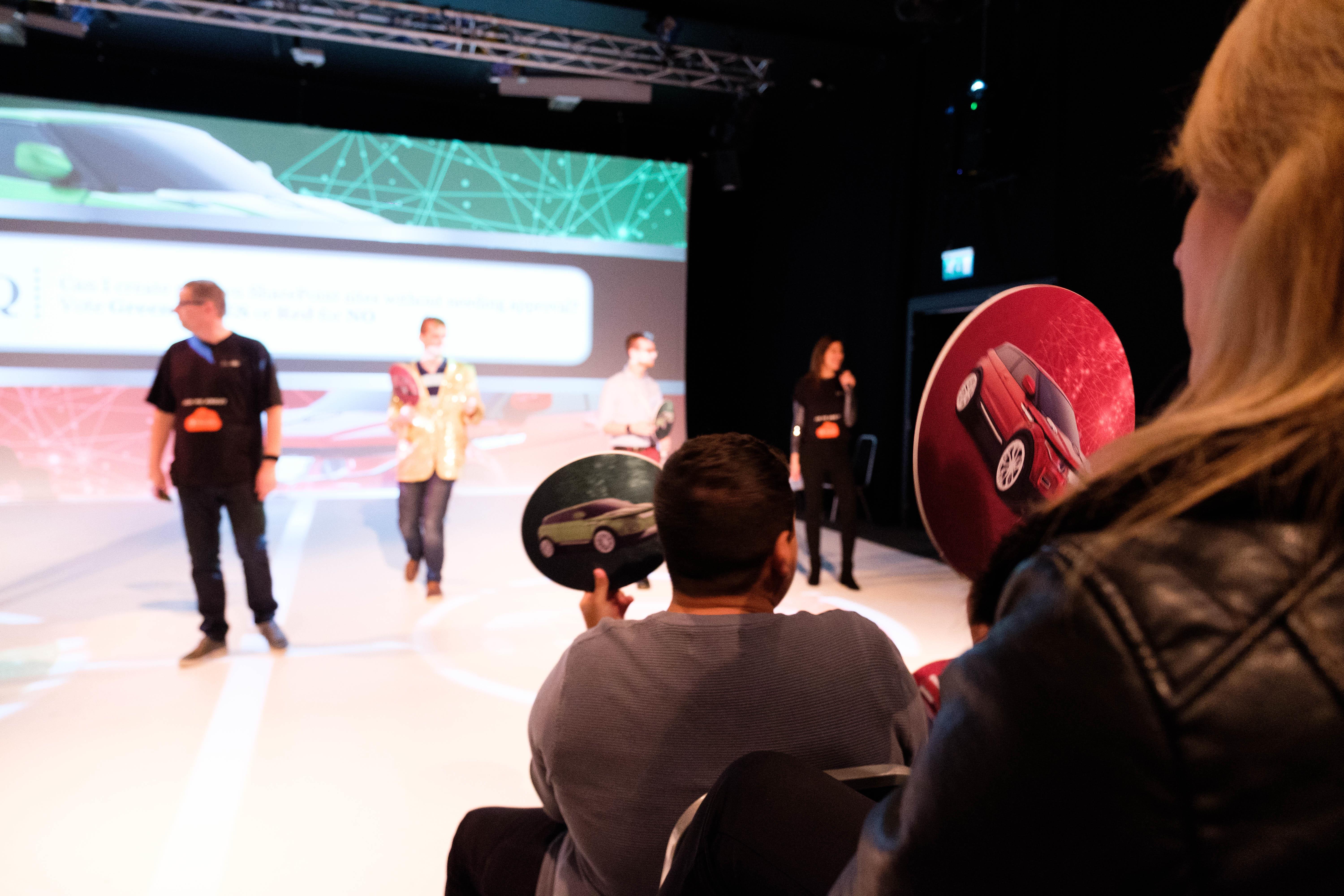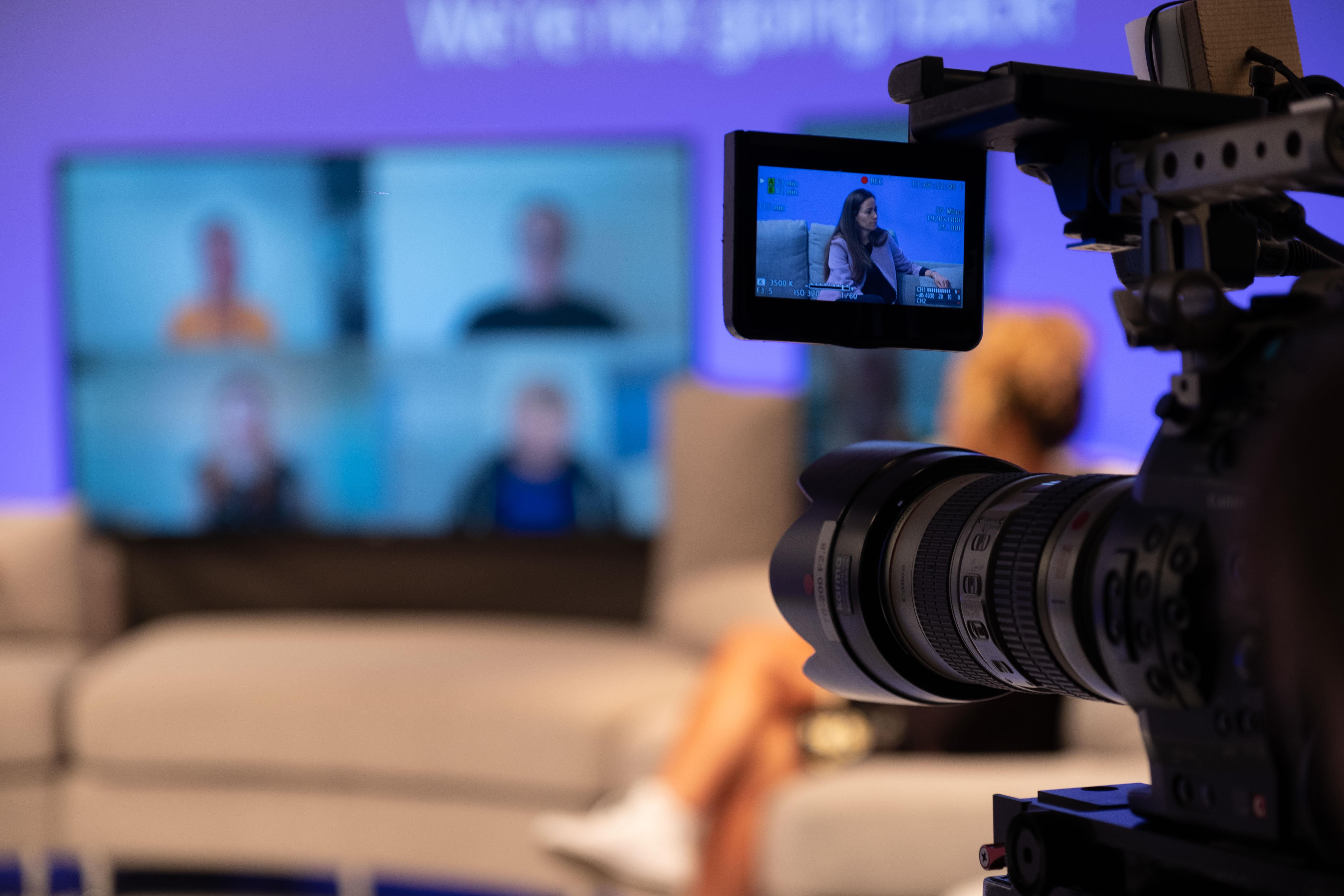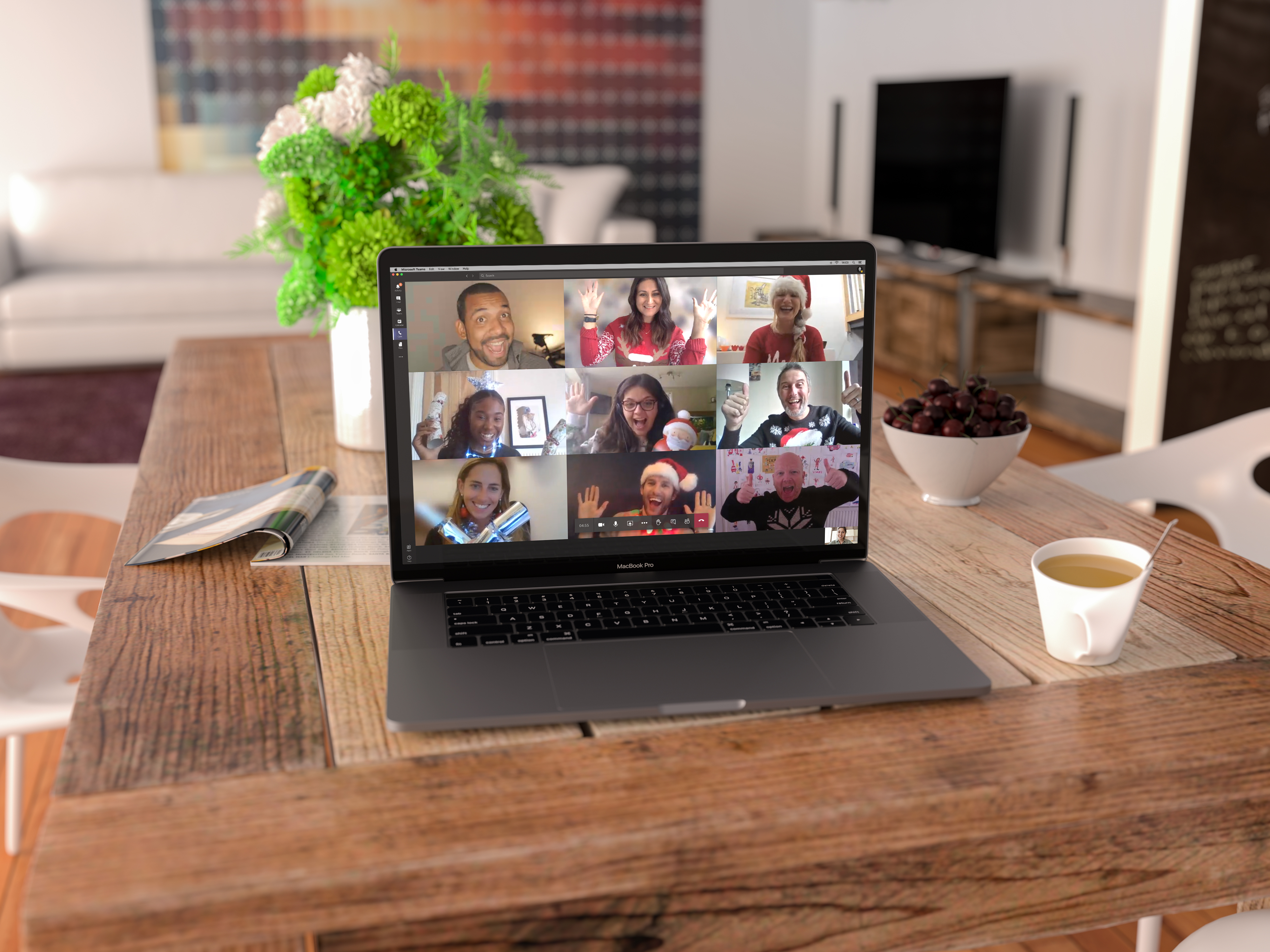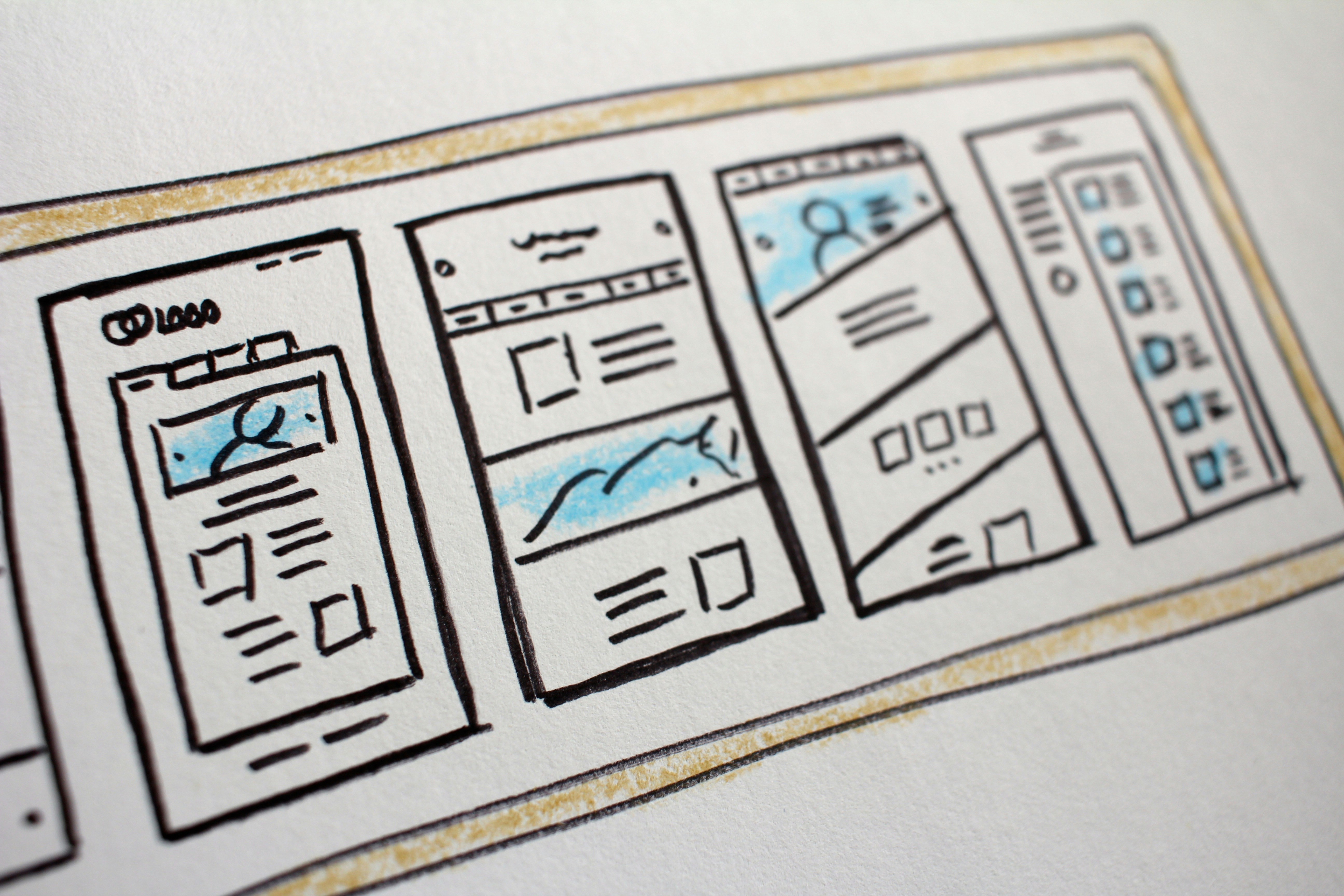We have spoken in the past about what virtual events are, the benefits of virtual events and reasons for holding a virtual event.
Here we draw on the research from our latest Whitepaper on the Value of Broadcast Communications to take a look at debunking some of the myths around virtual events.
The power of technology has radically altered the event landscape. For many years we have been discussing the power of technology, from virtual, augmented and mixed reality to AI, to dramatically change the way we engage with live events. Comms professionals have been hugely receptive to and actively engaged with our evidence pointing towards a future where the virtual technologies, already available, will be widespread and integral to live experience delivery. However, prior to March 2020, actual integration into live experience strategies and deployment has been patchy, largely devoid of strategy and plagued by constantly repeated myths and fears around broadcast as a viable communications medium.
Never before have we, as an agency had to deliver so much rationalisation for a solution to a comms or marketing challenge. When talking to clients, the theoretical barriers we have found ourselves up against have stemmed predominantly from the following three challenges:
- Fears around a medium that is “new and untested.”
- “Insurmountable” challenges around tech and infrastructure, unresponsive IT teams citing cost and digital transformation as nigh-on impossible to overcome.
- Concerns around attention spans alongside repeated calls for explanations of the validity of the channel to deliver meaningful engagement.
Here we debunk these myths and explore the value of this medium as not only a viable option but in many ways the preferred option and certainly the future of events as we know them.
Fears around a medium that is “new and untested”
People are approaching broadcast as if it is something entirely new when, in fact, it is, the most popular, most engaged-with and most prevalent form of content delivery on the planet. Most of those asking for justification, use Netflix, Amazon Prime, Disney Plus, iPlayer or any number of the innumerable digital broadcast platforms available every single day. 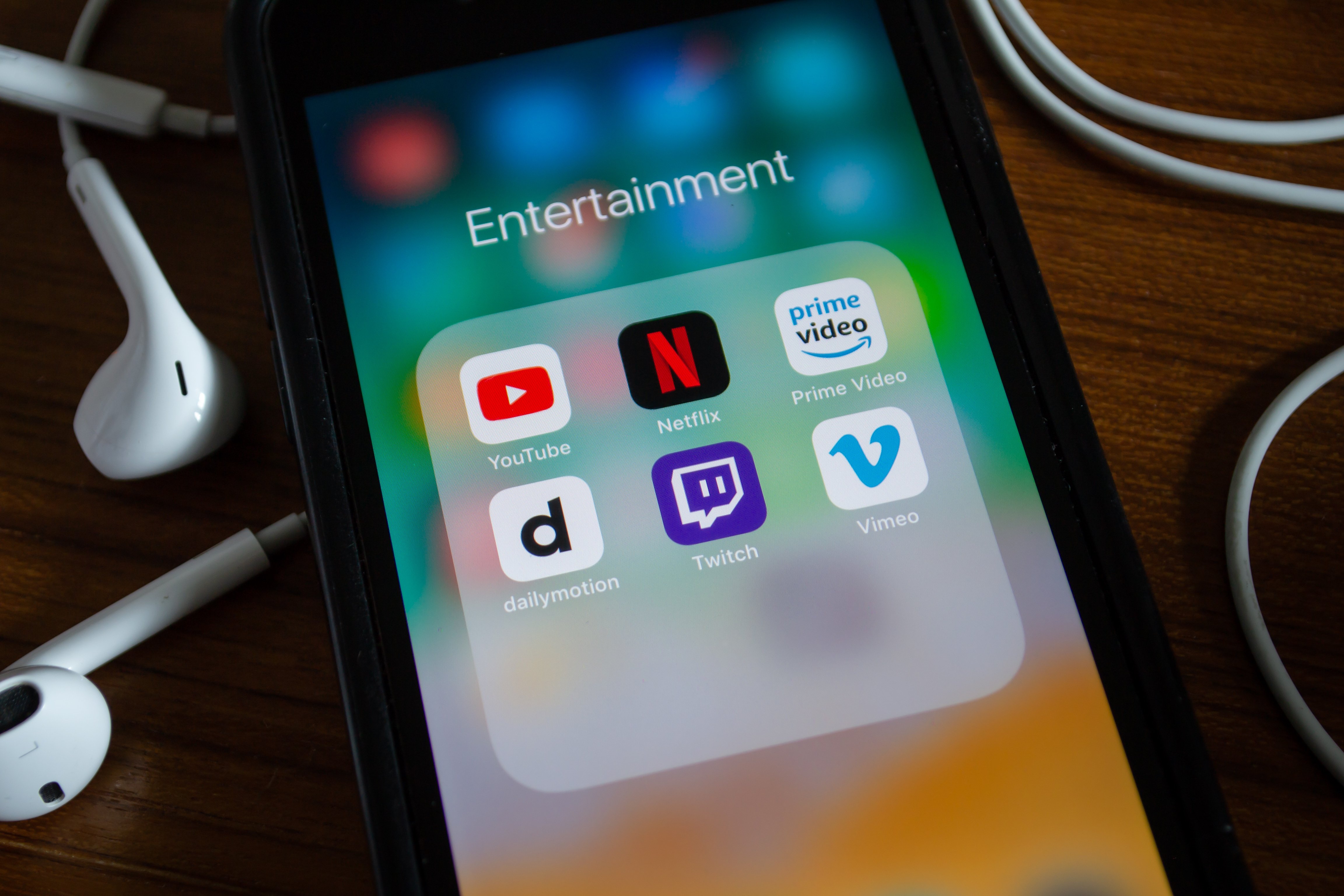
So why are people not making the connection between the broadcast content they use daily and the medium they are now being asked to deploy here? There is no clear answer other than that this unfamiliar territory, which most of our audience has only ever chosen to dip its toes in, is now the only option and the step change is frightening.
“Insurmountable” challenges to tech and infrastructure
While technology and connectivity issues often raise the most immediate concerns for communications professionals, by far the most important and often challenging aspect of the broadcast solution is the content. The technology is merely a vector to deliver content and messaging. Robust, reliable tech solutions have been in place for some time, and our audience has been ready to engage with this technology for years; so, this should not be a credible concern.
Concerns around attention spans and the ability of the channel to deliver meaningful engagement.
When designing and pitching live experiences, we have never been asked to guarantee that our live audiences won’t get up and walk out of a presentation, never guarantee that they don’t leave early, never promise they don’t chat to their friends or look at their phones, or even simply fall asleep. With broadcast however, we must justify to the nth degree the ability of the medium to do the job.
While the delivery method is different, the success of your broadcast, very much like the success of your event, will entirely depend on the quality of your content and your audience’s ability to use the information you give them. Give the audience good quality content, delivered in an engaging format and you will keep their attention as easily as in a live event.
A mistake people often make is trying to shoehorn live event content into a virtual format. They are two different beasts and must be treated accordingly to retain audience engagement. Here we take you through the fundamentals of transferring your live event to virtual.
%20(1).png?width=3264&name=MicrosoftTeams-image%20(1)%20(1).png)
Business critical:
Over the past few months, perception has changed, and these so-called challenges have been overcome in a matter of days. This has provided a huge opportunity for a meaningful revolution in the way we approach live experiences for decades to come.
In the past, this type of communication has been pushed to the side, as facilitating it has not been viewed as “business critical”. Of course, communication is now and always will be business critical but, for the first time, the technology and systems required to deliver business critical messaging is finally being addressed in organisations across the globe. What’s more, our audiences are also getting crash courses in the required systems and digital collaboration on a scale that was previously not required.
What we have here is an opportunity to do what we probably should have done five years ago, and futureproof our live experience through virtual tech.
The future:
Immediately after the crisis, there is going to be a groundswell of desire for live interaction. Our audiences are going to demand an immediate and large-scale deployment of event solutions for obvious reasons. It is vital that we don’t forget the lessons we have learned during this time and that we align our reintroduced live communication strategy with our newly matured broadcast approach. The opportunity is huge, to continue to deliver the world-class event solutions we were deploying for years but add the benefits of the broadcast strategy alongside them. There are very few arguments against attempting to get this right as soon as possible.
For more information, download our whitepaper on the Value of Broadcast Communications.


